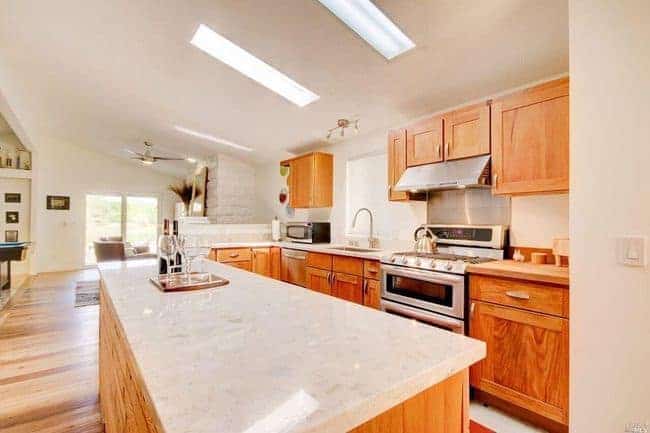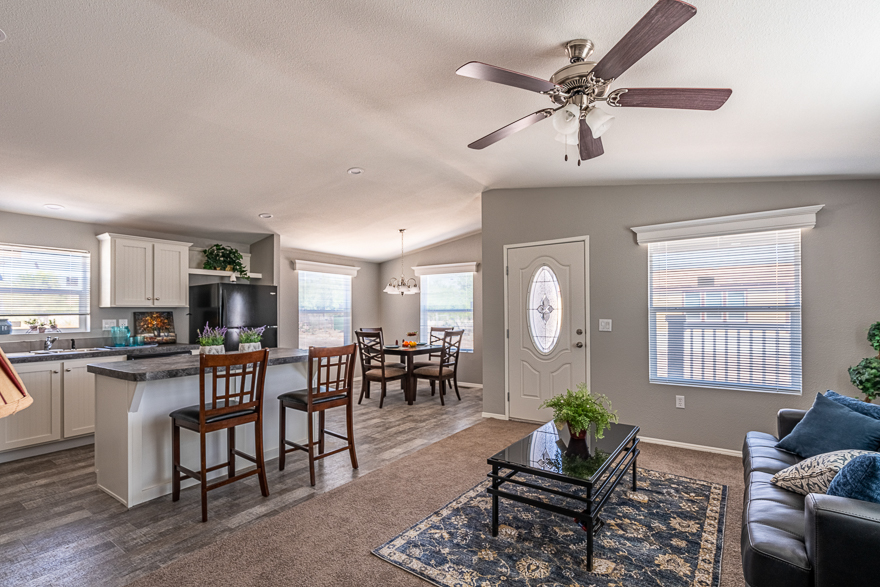Chapter 18 24 REGULATIONS FOR R3-M MOBILE HOME PARK ZONING DISTRICTS
Table of Content
- What is HCD for mobile homes?
- Factory Built “NIMBY” Opposition and “Snob Zoning” Restricting Quality Affordable Housing
- Single-Room Occupancy Units
- How much does it cost to prepare land for a mobile home in California?
- 4 magnitude earthquake causes injuries, damage, power outages on Northern California coast
- Sample Program Format
- Manufactured & Mobilehomes
Gov. Gavin Newsom this week signed a pair of bills into law that effectively put an end to traditional single-family zoning restrictions in most neighborhoods statewide. County attorneys said their research shows the measure is legal. The zone is not a “taking” of private property because it keeps the current use in place, Jeff Barnes said.
The Mobile Home Parks Act establishes health and safety requirements for manufactured homes installed in the parks and for the parks. These code requirements stipulate the standards for park common areas and for facilities, such as roads and utility systems, as well as for manufactured homes and accessory installations. The State Department of Housing and Community Development or delegated local government agencies will enforce the provisions of the Parks Act through park inspections. The Department of Consumer Affairs publishes an informative landlord-tenant handbook which can be accessed at this site. The State of California has over 4,800 mobile home parks, so this dimensions the job the State has in fulfilling its obligations to the residents of the parks.
What is HCD for mobile homes?
The GSMOL maintains an effective lobbying effort to ensure that tenant rights that may be impacted by legislation are protected. Every member receives a bulletin informing them of pending legislation or HCD rule changes. The minimum lot area required is five thousand five hundred square feet. The Difference Between Mobile and Manufactured Homes The only difference between the two types of homes is the date they were built.

According to HUD, a factory-built home prior to June 15, 1976 is a mobile home and one built after June 15, 1976 is a manufactured home. Most of Florida is in Zone 2, except that the bottom counties are Zone 3, and there is a special category “D-sticker” for homes sited near the coastline. No mobile homes rated for Zone 1 can be placed in Florida. An insignia of approval from HCD shows that the unit complies with the laws and building standards in effect at the time the insignia of approval was issued.
Factory Built “NIMBY” Opposition and “Snob Zoning” Restricting Quality Affordable Housing
She previously covered San Jose City Hall and was awarded first place in local government reporting from the California News Publishers Association in 2021. Maggie grew up in the Chicago area and graduated from the University of Missouri with a multimedia journalism degree. Prior to moving in the Bay Area, she reported in Wisconsin and South Carolina.

It must be noted that the term “mobile home” is outdated. Confusion exists between the terms “mobile homes” and “manufactured housing.” In the California law and codes, these terms are used interchangeably. However, the term “manufactured housing” is what the laws and codes actually refer to.
Single-Room Occupancy Units
Since ordinances may vary from jurisdiction to jurisdiction, you may have different requirements depending on where you’re trying to place your home. Therefore, everyone is friendly and welcoming of mobile homes in their area, right? In fact, it turns out that not everybody loves this housing choice as much as we do.

All required minimum setback areas and all areas not improved by roadways, walkways, pathways, or occupied by other park facilities shall be permanently landscaped and maintained with ground cover, trees, and shrubs. Each planter area shall be surrounded with a six-inch raised concrete curbing or planning division-approved equivalent. An irrigation system shall be installed and maintained functional in each separate planter area. Native and ornamental trees with a height of twenty feet or greater shall be retained unless their removal is specifically allowed by the Planning Commission. In no case shall there be less than a six-foot-wide landscaped planter around the entire perimeter of the site.
When a manufactured home or multifamily manufactured home is installed on a foundation system, the home will no longer be registered by the Department of Housing and Community Development . There is little chance that you can legally build a complete bedroom addition for less than $2000. Materials alone will cost at least $2000 and then you have labor and inspections to pay for. The foundation of your manufactured home will not matter because the addition must be built as a completely separate structure. A site preparation cost of $25,000 is about average for a property like ours—a fairly level lot with nearby utility connections. However, if we had needed a well, that would carry an additional cost of $8,000 to $12,000 or more.
See links below for additional information and FAQs on state planning law related to ADUs, an ADU Memorandum prepared by HCD, and other program resources including examples of local program actions. Every mobile home park shall be equipped at all times with fire extinguishing equipment in good working order of such type, size, and number and so located within the park as to satisfy applicable regulations of the Fire Department. Substantial solid fencing not less than six feet in height shall be constructed and maintained on the exterior boundaries of a mobile home park. Screening fences not less than six feet in height shall be installed and maintained around interior laundry yards, refuse collection points, and playground areas.
While some of the information may be available online, we suggest you make it a priority to call your local zoning officials. Alternatively, you could go to your locality’s administrative building in person to get information. If you’re a complete newbie to home or property ownership (and your dad wasn’t a contractor), you may need a quick introduction to what zoning is.

As a general rule, since they are both mobile and can be used as a home, RVs are considered mobile homes. Chapter 723 of the Florida Statutes, also known as the Florida Mobile Home Act, is a chapter of law that governs the rental or leasing of mobile home lots in the State of Florida. The Florida Mobile Home Act should be read in conjunction with Chapters 61B- 29 through 32, and 35, Florida Administrative Code.
It could be that the property you want is zoned for commercial use. In that case, you might be prevented from placing your mobile home because the home is a dwelling. Advertise ADUs development opportunities to homeowners on the community's web page, at community and senior centers, in community newsletters, and in local utility bills, etc. A packet could include materials for a ADUs application, explain the application process, and describe incentives to promote their development. All service utilities such as electricity, water, gas, and the like within the property lines of the premises of a mobile home park shall be installed underground. Mobile home park roadways and driveways shall be paved and maintained in good repair.

Comments
Post a Comment